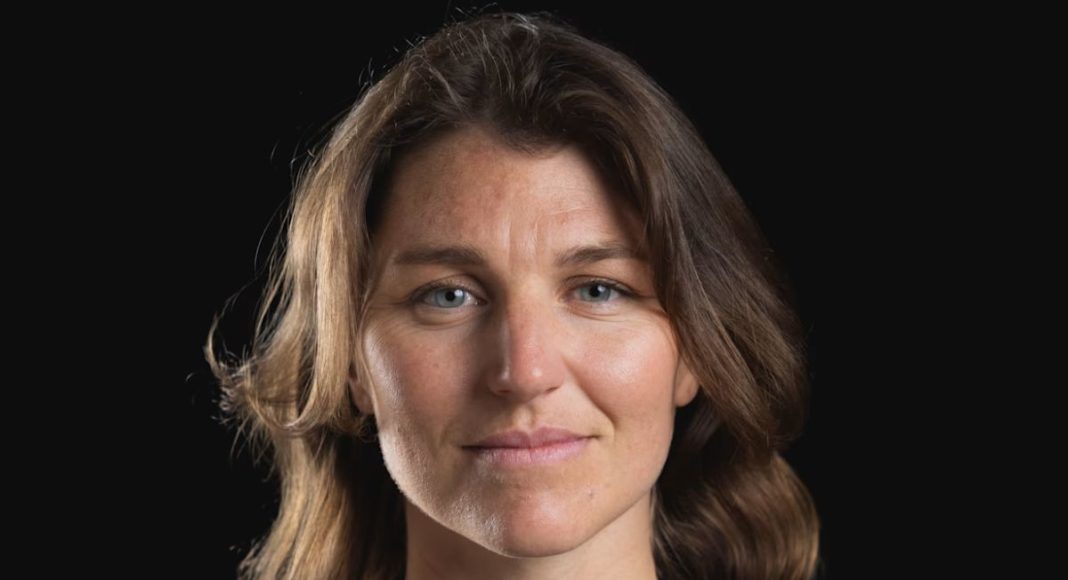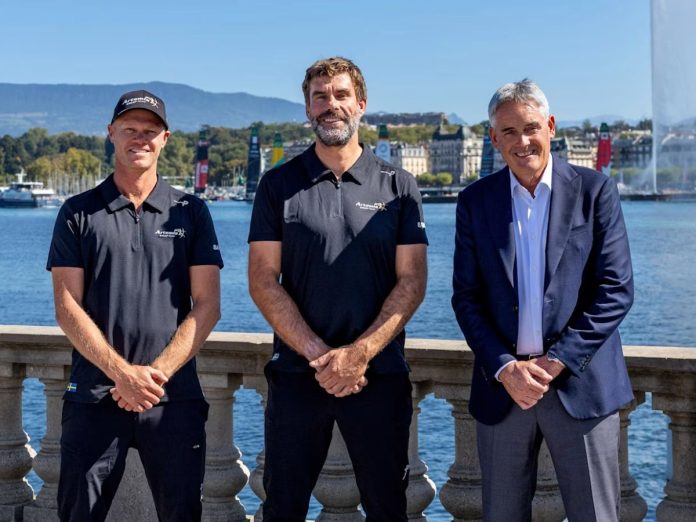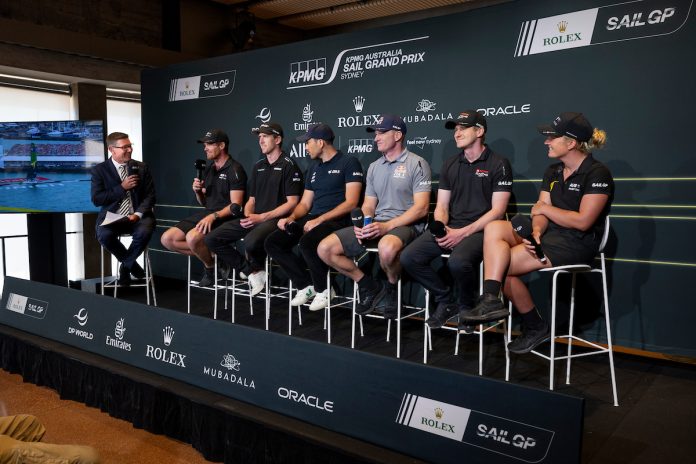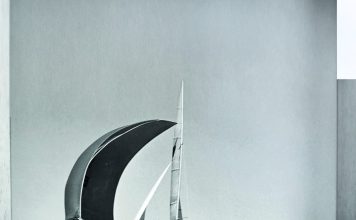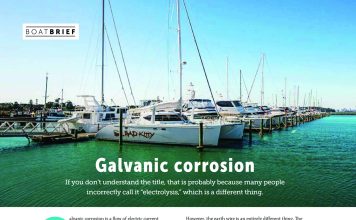The appointment of Julia Gross to the strategist role for the new Artemis SailGP Team has been warmly welcomed. The Swede brings composure, tactical sharpness, and modern foiling experience that any new team would envy.
Gross first came to prominence as helm for the Swedish Challenge in the Puig Women’s America’s Cup, sharing the wheel with Ida Svensson. The team topped their qualifying group and reached the semifinals — a breakthrough for Sweden’s new generation of female sailors.
In 2025 she stepped in for Red Bull Italy SailGP at Portsmouth, replacing strategist Maëlle Frascari during recovery from surgery. Gross helped the team to their best season result yet, finishing fifth overall with several top-three fleet-race finishes. It was a quietly defining performance — calm, clinical, and seamlessly integrated into one of the most demanding environments in professional sailing.
Now, as Artemis prepares for its 2026 SailGP debut, skipper Nathan Outteridge has chosen one of the most astute minds available. For Gross, it’s also a return to familiar colours — she has long been part of the broader Artemis Racing family and continues to work closely with the Royal Swedish Yacht Club (KSSS) to develop clear pathways for women in performance sailing.
Gross joins an increasingly influential circle of women shaping how SailGP boats are raced.
Hannah Mills’s tactical command at Emirates GBR, Liv Mackay’s precise communication for New Zealand, and Natasha Bryant’s analytical consistency for Australia — the three leading teams in the 2025 championship — all show that women now sit at the nerve-centre of SailGP strategy.
Add Nicole van der Velden for Spain, Manon Audinet for France, Maëlle Frascari for Italy, Anna Barth for Germany, Annie Haegar and Georgia Lewin-LaFrance for Canada, Katja Salskov-Iverson and Anne-Marie Windom for Denmark, and Maud Jayet for Switzerland, and the pattern is unmistakable: women are no longer guests in SailGP cockpits; they’re integral to how teams think, plan, and race.








